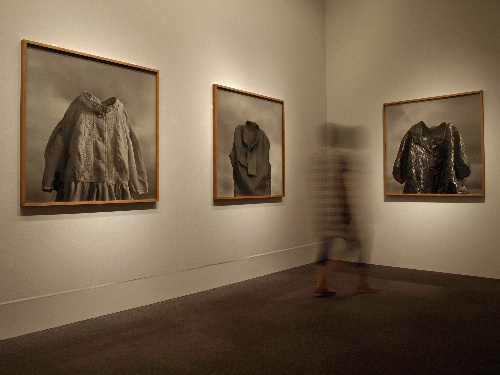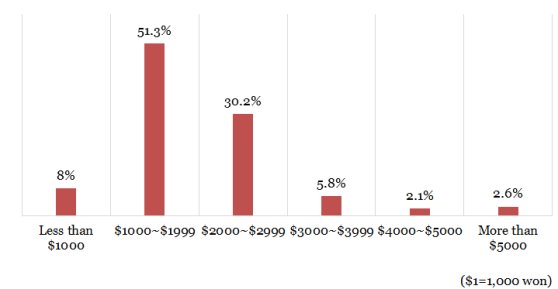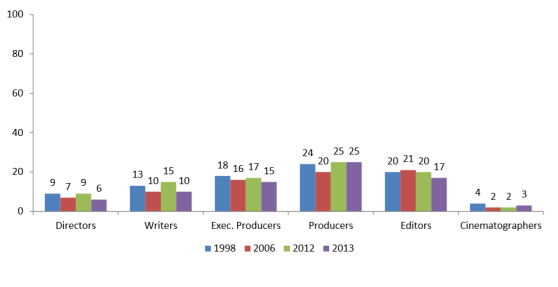Coming across my favorite photography might be a result of accident. In other word, not consciously looking for your favorite photography would be the shortest way to meet good photography. When I first saw a series of Portrait of Second-hand Clothes which Yuki Onodera took photograph, many stuff fully moved me without prior knowledge of her background. At the beginning of 90’s in Japan it happened that many women photographers appeared. New term so-called “girl photograph” came into being against male-dominated photography community. Along with like this historical background, Yuki Onodera made a debut as photographer. Despite she was born in Tokyo and grew up in Japan, latterly in 1993 began to work based in Paris. Yuki Onodera tells the reason why one artist working in Europe. Europe has been comprised of many different countries and cultures. And Paris has functioned as crossroads which mean that many people in Europe passing through Paris. Furthermore she makes a point that it’s important for artists to view native country through being as foreigner.

Through seeing her photograph many people grasp her works as mysterious. It has been referred in her own words that there’re parts of vague at the process of her work. It would be hard to explain it though, she tries to pick it up sensuously. With the passing of the years it sometimes happens that she finally calls to her mind that idea contained like that meaning she’s never came up with at the process. That’s one that meaning of idea sometimes comes after.

It also comes to appear her sensitive part at the process of a series of Portrait of Second-hand Clothes when she shortly moved to Paris. She tells the story about its background. When she was thinking about photographic subject which is not Portrait but something different, she grasped second-hand cloth as feel like human’s shell. At the same time it took place that Christian Boltanski who is representative of french contemporary artist exhibited his works used a pile of second-hand cloth, she got herself down to his exhibition. At his show a bag was being sold 10-franc, spectator can leave with full of second-hand cloth in the bag. That is art installation that second-hand clothes assembled over the world are carried to another different place. She put its second-hand cloth hung with support like wire by the window of her apartment.

Through browsing her working process, opposed to my first impression that I see her work having lyrical description, she is interested in photograph in itself than making image. She tells that she explores that photograph is deeply influencing our knowledge and perception. At the same time two questions have appeared: what is photography, and what can be done through it? I thought I step into different dimension of photography not dimension of making image.
Written by Ryota Umemura for International Foundation for Women Artists.
Learn more about Yuki Onodera here.
_________________________________________________________________
Written in Japanese :
私にとって好きな写真と出会うことは、偶然の産物が生み出すものかもしれない。他の言葉で言い換えると、意識的に好きな写真を探さないことが素敵な写真に出会う近道だろう。オノデラユキの「古着のポートレート」に初めて出会った時、予備知識なしに私の心を動かしました。90年代の初頭、日本に数多くの女性フォトグラファーが誕生し、男性が支配していたフォトグラファーの世界に対し、その新しい潮流を表わす言葉としてガールズフォトが生まれました。このような時代背景をもとに、オノデラユキは写真家としてデビューします。
彼女は東京で生まれ育ちますが、1993年にパリを拠点に活動し始めます。ここで活動初期からパリを拠点に活動する彼女にとって、アーティストとしてヨーロッパや海外で活動する理由を述べています。ヨーロッパは多様な国と文化で構成され、パリは多くの人が通過するクロスロードとしての機能を持ち合わせ、また自分が育った国を客観視することは、ものづくりをする人にとって必要であると語っています。彼女の作品を見た多くの人は、オノデラユキの作品を「謎」や「不思議さ」として捉えている。また彼女の言葉の中にも作品を制作していく過程で、自分でも曖昧で説明できない部分があり、感覚的に選んでいることがあり、何年か経ってこんな意味も含まれていたのだとようやく思い当たることがあると語っています。
パリに拠点を移した直後に制作された「古着のポートレート」のプロセスにも彼女の感覚的な部分が見えてきます。ポートレートではなく、何か違うものでと考えている時、人間の抜け殻になるような感じとして古着が目に付いたと彼女が作品制作の始まりについて語っています。またその同時期にフランスを代表する現代アーティストのクリスチャン・ボルタンスキーが古着を使った展覧会を開催し、そこに彼女は足を運びます。会場では10フランで袋が販売され、古着を詰めて帰れる。世界各国から集められた古着が、また違う場所へと散っていくというインスタレーションである。彼女はこの会場から持ち帰った古着を針金のような支持体にかけて、アパートメントの窓際に置いて写真を撮っていきました。
彼女の制作過程を通し、私が思い描いた彼女の作品から感じたリリカルさとは反対に、彼女の写真に対する見方はイメージ創出よりも写真それ自体に興味があります。それは、私たちの知識、認識に写真が大きく影響を与えていることに対する探求であると彼女は語っています。写真とは何か、 写真を通して何が可能か、私はイメージ創出としての写真とは別の世界に足を踏み入れたのだと思う。
Written by Ryota Umemura for International Foundation for Women Artists.
Learn more about Yuki Onodera here.



























